JTF (just the facts): Self-published by ARÖK Books in 2016 (here). Hardcover, 164 pages ,with 118 color photographs. Includes texts by Laimonas Briedis. In an edition of 1000 copies. (Cover and spread shots below.)
Tulips is also available in a special edition (here). This version (in an edition of 50) comes with a box which contains the following items:
- Three signed and numbered 8×10 inch digital C-prints
- One white ceramic Lenin bust
- One vintage red Pioneer scarf
- One vintage Pioneer pin
- One pack of vintage Prima cigarettes
- One official portrait of Alexander Lukashenko, President of Belarus
- One signed copy of Tulips book
- Certificate of Authenticity, signed, dated and numbered
Comments/Context: In recent years, a growing number of photobooks have been published documenting the diverse realities of the post-Soviet countries. Norilsk by Alexander Gronsky, books by Julia Borissova and Jana Romanova, Euromaidan by Vladislav Krasnoshchok and Sergiy Lebedynskyy, Barricade by Julia Polunina-But, Presentiment by Yulia Krivich, and many others have shown us the details of everyday life in isolated places, ranging from samples of current Russian youth subculture to reflections on the recent changes in Ukraine.
Yet Belarus, the country located between the European Union on the west and Russia on the east, remains rather unexplored by local or foreign bookmakers. Today, Belarus is best known for being the last remaining dictatorship in Europe – strict press restrictions and tight government control make it a place that is hard to access and document. Those few photographers who have managed to spend time in the country have largely been drawn to its unique isolation and state machinery. Rafal Milach’s Winners explored the mechanisms of propaganda through images of the various winners of government sponsored competitions.
The most recent photobook about Belarus was published last year by Andrew Miksys, an American photographer whose grandparents moved to the United States from Lithuania in the 1940s. He grew up with mixed feelings of fear and fascination with the Soviet regime, so naturally, his work often focuses on the changing landscape of the Soviet legacy. His previous photobook Disko documented post-Soviet village discos in Lithuania.
Miksys visited Belarus in May of 2009 during Victory Day, a holiday celebrating the victory over Nazi Germany in the Great Patriotic War. The current Belarusian authorities have adopted Soviet-style commemoration with minimal adjustments. The main celebration takes place in Minsk, whose city center has large boulevards and Soviet-era Stalinist architecture. In many ways, it was Soviet-themed spectacle: an endless parade of tanks and rocket launchers, red flags, war veterans, signs with Lenin and Stalin portraits, and flowers. Red tulips, a symbol of spring and the rebirth after the war, were given to the war veterans and were widely used as decorations. Mesmerized by this Soviet fantasy world, Miksys started returning to Belarus to capture its unique appropriation of the past.
Tulips is the result of Miksys’ five year fascination with Belarus. The photobook’s bright red cover references the ubiquitous red tulips and undoubtedly has links to the pervasive Soviet nostalgia. Its title appears on the cover as embossed plastic logo, and it copies its design from the logo on a pack of the cheap Soviet cigarettes Prima.
Formal portraits of war veterans photographed in their uniforms anchor the sequencing of images, their jackets filled with medals. As they look straight back into the camera, their expressions are rather serious and even slightly suspicious, showing no hints of a smile. One of the images depicts a proud war veteran with his arms behind his back standing in his kitchen: he combines his ceremonial military uniform with his home slippers. Another shows a patriotic woman, also in uniform, as she sits on a stool with her hands on her knees, with piles of newspapers, a red carpet with green lines, plants, and a red balloon appearing in her apartment.
The flow of these formal images is unexpectedly interrupted by intermingled nudes. A young girl stands in her messy bedroom leaning against the wall – she wears nothing but red underwear and high heels. In another picture, a girl poses on a sofa wearing red high heels with white stockings and panties. These girls are go-go dancers in local strip clubs, and Miksys has photographed them in their own apartments, without any direction, just letting them express themselves.
At first, this mix of portraits and nudes feels odd and unconnected, yet there is a common motive. All of the sitters, even those given no instructions, are playing their usual public parts for the outsider: the war veterans stand at attention in their celebrated roles, while the girls take their seductive work poses. The rigid lack of intimacy and a hesitancy to show any personal details connects these images, and reflects the current state of Belarusian society.
There are just a few images depicting crowds during the parades; Miksys’ main focus is on the symbolic elements. The essence of the festivities is represented through red tulips, stones, and architecture, which appear regularly throughout the book. Prior to the parade, the city is dutifully refreshed: the streets get scrupulously cleaned, flowers are planted, and the grass is cut. The main avenues also get a fresh coat of paint, and often large rocks and stones get some color too. These stones, often with the painted remnants from previous years showing through underneath, serve as a standing reminder of state propaganda and its wide reaching control.
In the end, Tulips leaves us with a quiet undercurrent of persistent dissonance. It captures the cleaned up festivities during official holidays, and then places soldiers and strippers on equal footing, ultimately looking for intimacy and human connection in a society dominated by ideological formulas and state control. Miksys gives us a very nostalgic and glorified view of the war which has strongly influenced the national identity, and then subtly stresses its uncritical perception. Tulips never quite lets us get comfortable with the facades and contradictions of Belarus, leaving us to wonder about the prospects for the country’s future.
Collector’s POV: Andrew Miksys does not appear to have gallery representation at this time. Collectors interested in following up should likely connect directly with the artist via his website (linked in the sidebar).

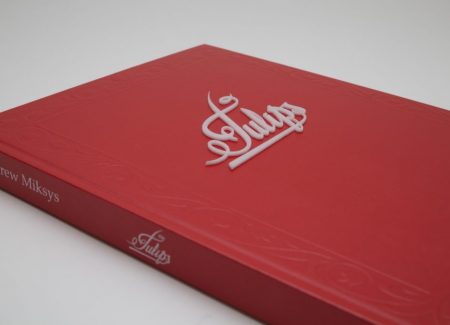
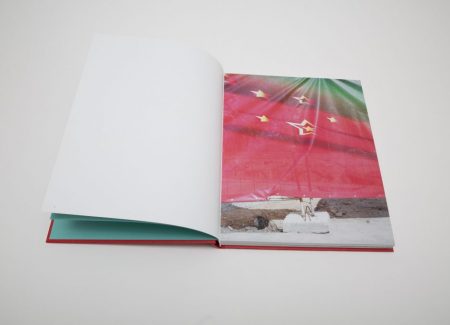


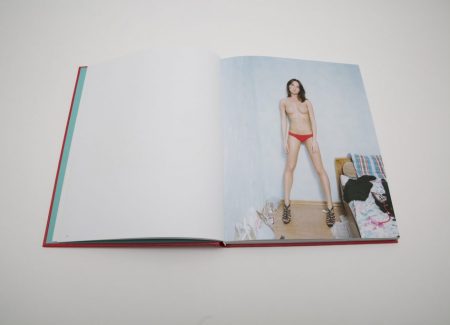
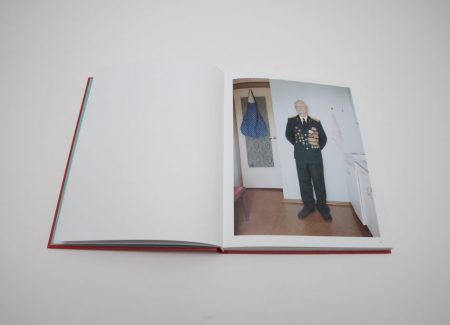
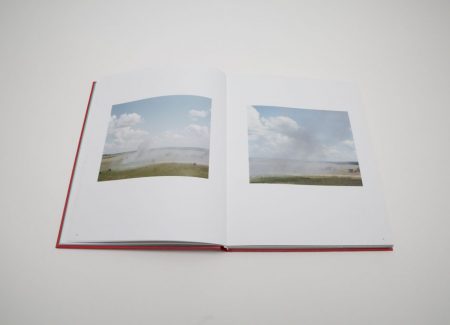
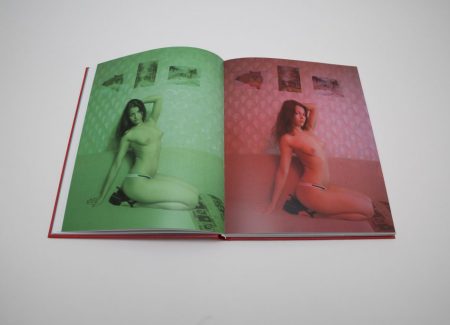
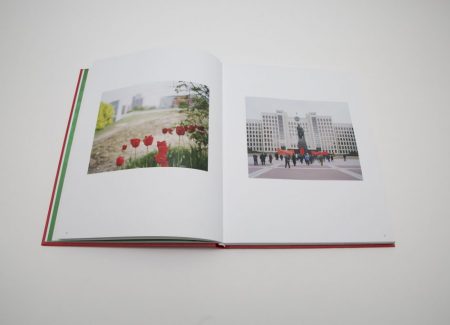

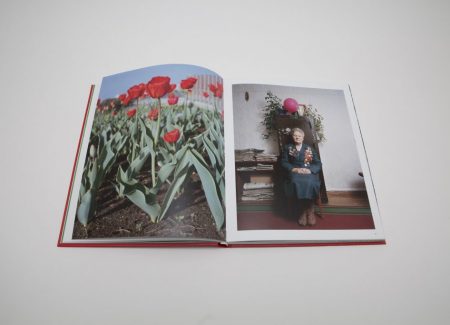
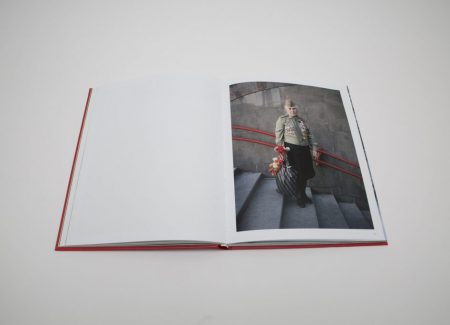
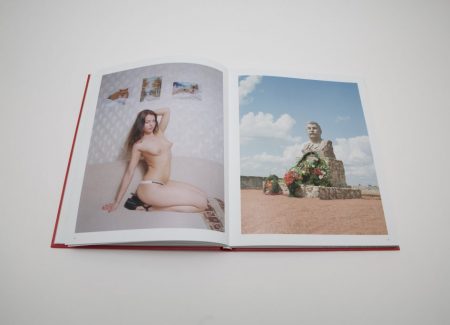
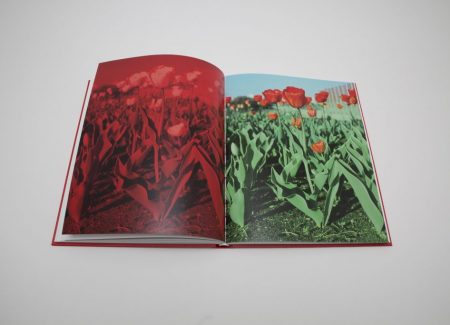



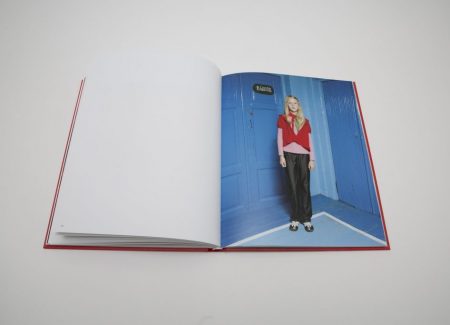

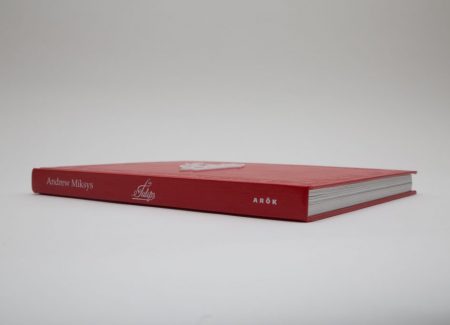





Same old. How can a guy go to Belarus and photograph naked woman clearly posing for that visa and then claim to be making a comment on the politics of Belarus or whatever. Why do these books all look the same. He didn’t need the nudes to make the book. Many of the other photos are great. I’m not being prudish, just wondering how long we have to endure the legacy of Popular photography.
Belarus is a mess and needs a revolution. Everyone should know this.